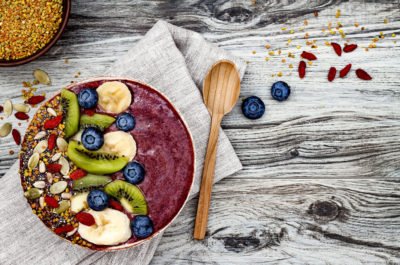Artificial hair integrations, more commonly known as hair weaves or hair extensions, are used to add volume or length to a person’s natural hair. Hair extensions are usually glued, clipped, or sewn onto natural hair. There are several types of extensions like clip-in or clip-on extensions, tape-in extensions, fusion hair extensions, and wigs. The hair extension industry is growing rapidly, and it is expected to generate revenue of around $10 billion by 2023.
A hair extension can be made with artificial materials or human hair. Some hair extensions are made for short-term use, while others can be used for a long duration of time. Hair extensions can be used to add more volume to natural hair or to cover the natural hair. Weaving in additional hair extensions can enhance one’s hair by giving it length, volume, and color without having to deal with the damage of harmful chemicals.
Different types of hair extensions are available in the market these days, but primarily, they are made of the following materials:
Synthetic fiber
Synthetic fibers are made up of a variety of materials, and hair extensions made of synthetic fibers do not contain natural hair. As synthetic fibers can easily get damaged by heat and friction, extensions made with them do not last as long as the ones made with human hair. One major advantage of these extensions is that they’re less expensive than the extensions made with human hair.
Human hair
Hair extensions made of virgin, raw hair are the most durable as they have not been broken or altered during the process of collection. Virgin human hair is hair that has not been colored or chemically treated in any way. Hair extensions made from human hair are sewn on a track without the use of any chemical or steam. Human hair extensions are one of the most expensive types of hair extensions.
Color, quality, and texture of hair extensions
- Manufacturers of artificial hair use a standard scale to classify them according to color. Generally, the lower the number of the package, the darker is the color. These numbers and shades vary significantly from one manufacturer to another. Some specialty hair suppliers create signature colors and patterns, which are not available with other brands. So, buyers are likely to have a variety of options in shades.
- The texture of artificial hair extensions varies from extremely curly or kinky to very straight. The exact names of curl patterns vary across brands.
- The quality of artificial hair extensions varies across brands and price ranges. Virgin human hair that hasn’t been processed or colored is considered the best option. As a result, it is the most expensive one too.












